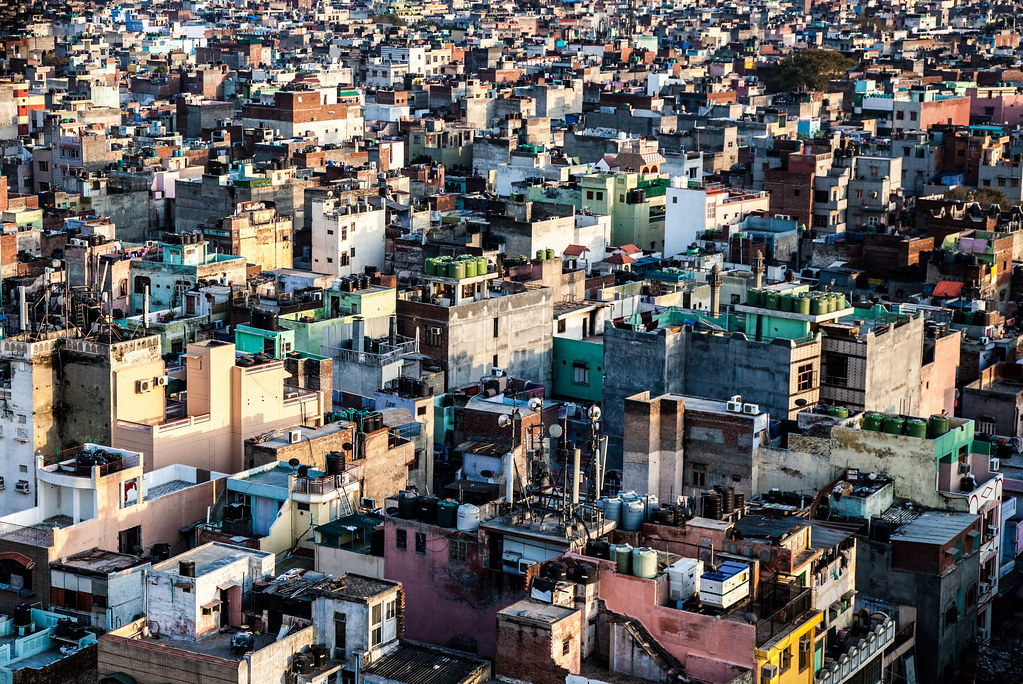This world has been historically governed, essentially, by a pyramidal power structure. Every era and society has had its own version. The ethos of the Indian society too remains essentially feudal in character, despite the cultural diversity as in other global civilisations.
This information is necessary to understand that the services and conveniences, both essential and luxury required for the citizenry, are in direct proportion to the nearness of the service provider (the professional) to the power centre. ‘Power’ means the nearness to the person, or belonging to a stratum or category of privileged citizens -socio-economically, culturally or politically. For those that provide these services, a very slight deviation, upward mobility is permitted – induced by their personal education, hard work, competence and talent to further harness the patronage of the masses at large- especially of those in administrative power.
Look at the world around us; the marvels of architecture through time and space, those that needed to be monumental and lasting and necessarily required the services of architects- the Great Pyramids, the Acropolis, Persepolis, the Taj Mahal, and Santa Sofia, are all known by the person who sponsored these works and not necessarily the Architect who was the designer of these landmarks, undoubtedly erected for eternity.
The few individuals who escape the tyranny of this contradiction (Leonardo da Vinci of Florence, Mimar Sinan of Turkey, the unfortunate Apollodorus of Pantheon Greece, Albert Speer, Le Corbusier, Edwyn Lutyens, B V Doshi) a minuscule club of elitists who challenge, but in fact due to the small numbers end up reinforcing what Ricky Whittle has so rightly said– No one remembers the runner up.
Almost all professionals -artists, architects, doctors, lawyers, soldiers, teachers etc. belong to this group. The pool of professionals at any given time gets amalgamated in society based on the supply-demand equation. Every client ends up with the professional that he deserves and vice versa. And since all the professionals are fully consumed by the idea of reaching the pinnacle of their own profession, the lowest common denominator, people at large, quite often feel deprived of their services for a host of reasons.
Architecture per se has been practised by the people themselves, as shelter is one of the basic needs of mankind. For this reason, built forms have been the purview of the common man.
Kavas Kapadia
Architecture as a profession has always been elitist by nature. All that puts the architect in a class of his own, study and understanding of space, colour, light, culture, history, structure, climate, technology and its appropriate application for the good of society, must necessarily come at a cost. The client must be willing and in a position to surrender financially and functionally to the thought process of the architect. But it is pure fantasy to believe that every architect is bestowed with the required sensitivity and wisdom and would thrive in this setting.
There are however a host of reasons that work in tandem to produce a struggling architect- a specie that far outnumbers the successful one.
And yet, there are exceptions in the field of architecture as in others, or else why would there be those who shun the glitz and glamour of urban elitism for working in the hinterland in pursuit of their vernacular roots or looking at the other professions a need for alternative local medicine, or the Lok Adalats to seek justice, or the barefoot school and college teachers, the street artists and traditional drama societies?
But, that was in the past. The scene is changing very rapidly.
Today we live in the information age, and the ramifications of the change in all walks of life are mind-boggling, to say the least. The general awareness of the masses towards the profession has increased. Recognition of talent and claim to fame is assured to any and every professional who accepts and adopts the world of digital technology. (Though we still hear cases of award-winning architects, like Glenn Murcutt, using T squares and drawing boards to resist the use of computers till very late)
Also, technology along with digital literacy has reduced the gulf between the professional and the common man. Most architects are getting noticed. Technology, the double-edged sword that it is, is opening up unforeseen frontiers through AI as in the case of the Edmond de Belamy, the digital portraits in the world of art, and the 3D printers producing programme-fed architecture- raising some very disturbing questions about bypassing the very basic understanding of the creative process involved in the fields of art and architecture.
Testing times lie ahead. Architects, more than many other professionals, will have to ensure the robust growth and development of this noble profession to ensure that they have their feet firmly planted on earth while strolling in the tempting world of virtual reality.









2 Responses
A very good brief review of the relation of architects and the society .
Architects can play an important role in shaping the built environment of the world today , specifically in view of the changes required to live with the impeding climate changes and the incredible technological advances .
Architecture as it is, portrayed succinctly, in the background of a society, where power and powerful people are the key operatives. Unfortunately these influence architecture, both in practice and education. All in the backdrop of overwhelming digital influence which is overhauling the way architecture has been practiced. A thought provoking, crisp article that describes architecture as it is ,at this moment and time and future challenges ahead.